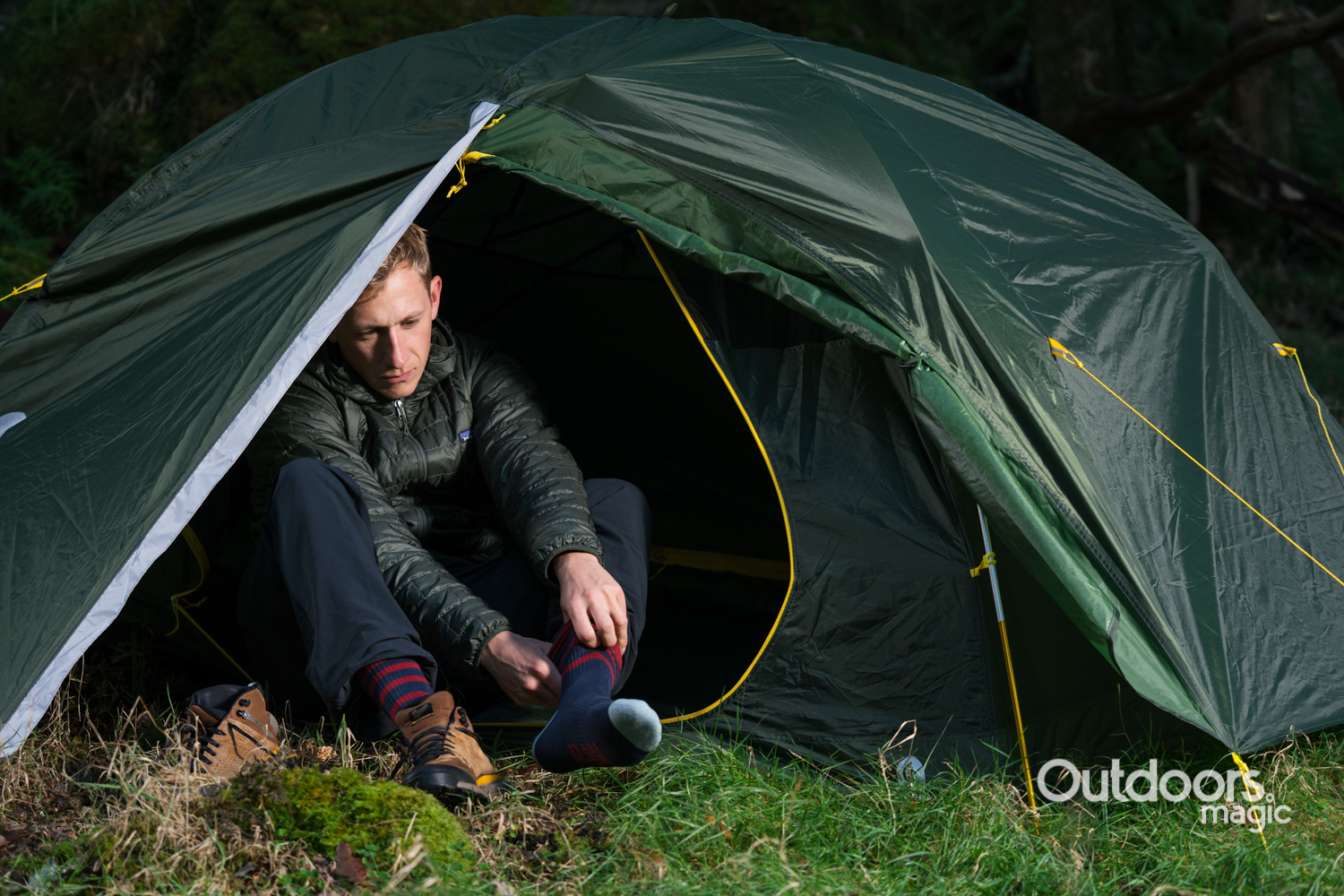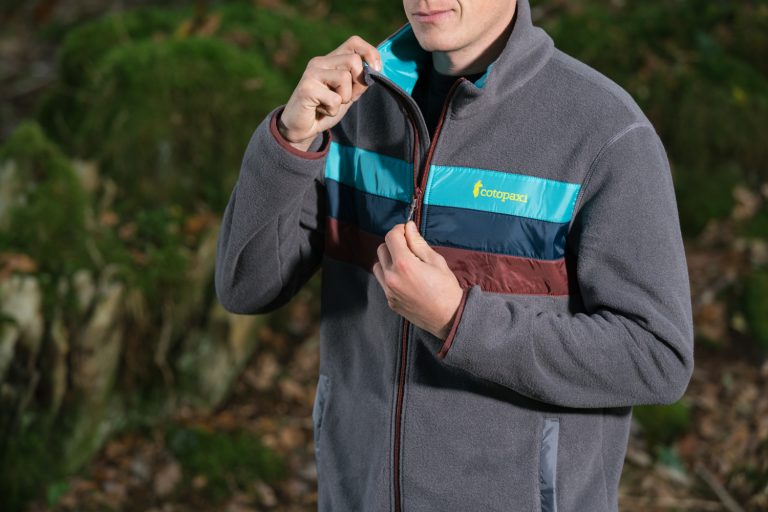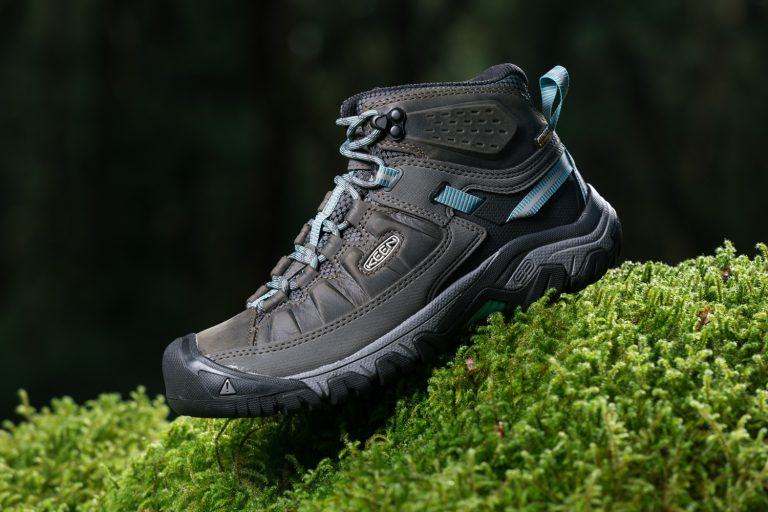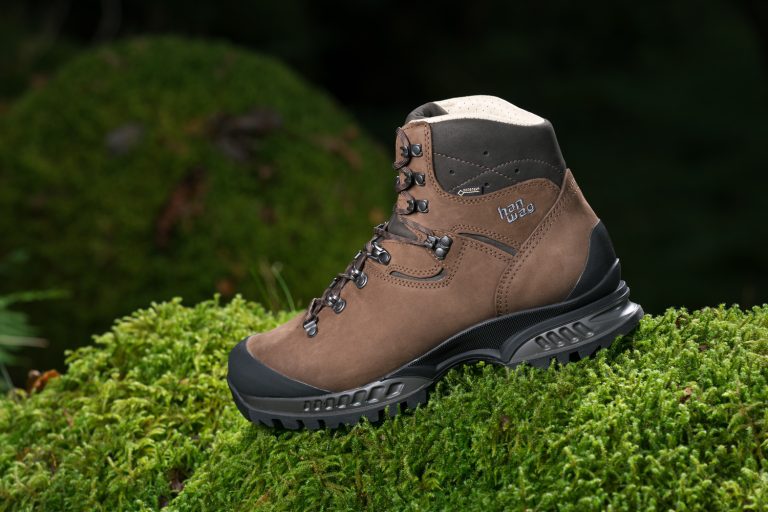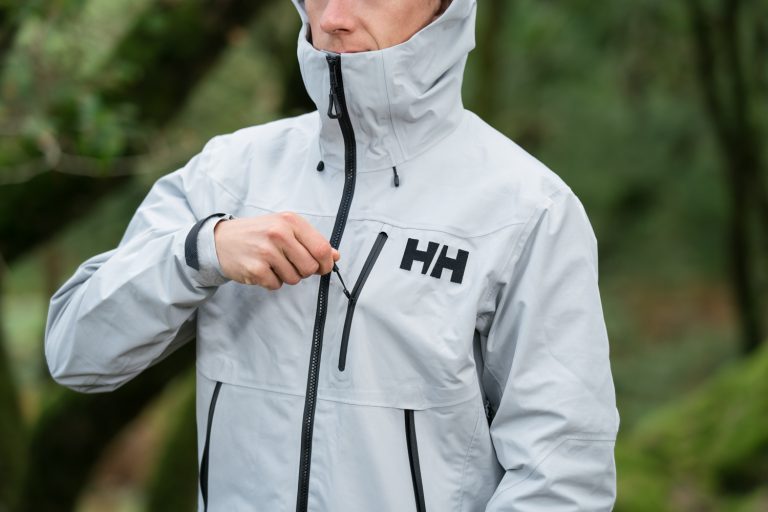Why We Chose It:
Price: £12 (a pair)
When we came across BAM’s Superluxe, we didn’t need to read much into them before deciding these walking socks were a shoe in for our Green Gear Guide of 2021.
The key fact is this: 40% of the materials that go into each pair are derived from bamboo viscose, a material that’s fast becoming one of the most viable sustainable options out there in the garment manufacturing.
Bamboo viscose is basically a fibre that’s regenerated from crushed bamboo leaves and stems and the advantages this has when it comes to sustainability are numerous – that’s before even looking at what the material brings in terms of comfort and performance (we’ll get to that in a bit).

First up, bamboo isn’t an energy intensive resource to grow, only really requiring rain water. That’s obviously a good thing when taking into account the scary forecasts from the WWF that by 2025, two-thirds of the world’s population may be facing water shortages. It’s a plant that also thrives naturally without needing any pesticides or fertilisers and it can grow in places that would normally be unviable for other crops. It’s basically a super plant, capable of yielding the same volume as cotton from just 10% of the land area.
Given all those benefits, you’d think that bamboo fabrics must have some kind of pitfalls in terms of comfort and feel but that’s not the case at all. In fact, the material used for these socks has an amazingly silky, almost luxurious feel to it. It also brings reliable UV blocking abilities, it’s hypoallergenic and anti-static so it won’t irritate skin, and it’s also able to naturally resist bacteria and in turn odour build up.
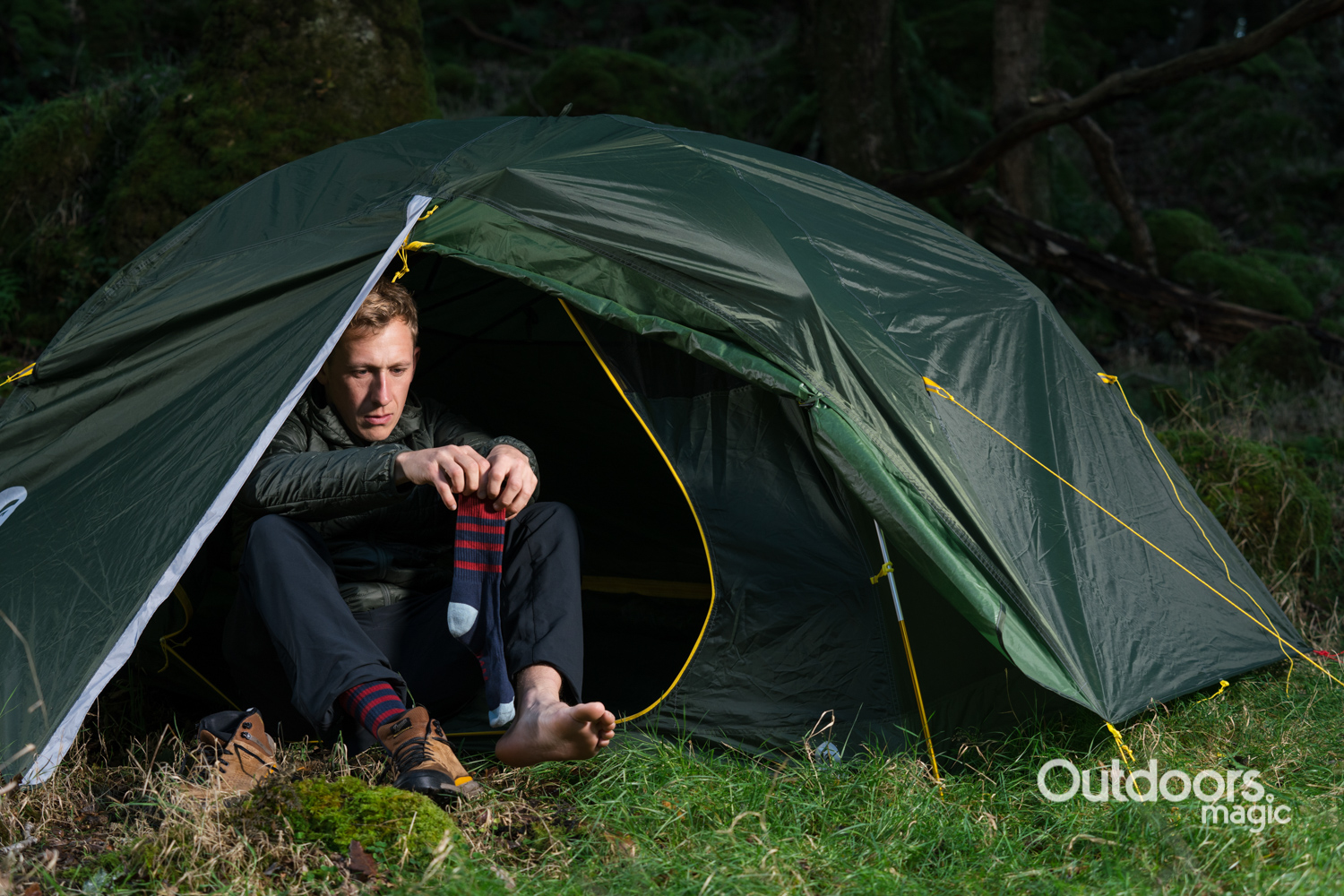
One of the main things I look for in a pair of walking socks is their ability to wick away moisture quickly. That’s why I’ll normally go for socks that have a high merino content and then a little bit of synthetics in the blend as well. From walking in these I’d say they do have good wicking qualities. They’re not quite as good as largely merino-based socks are in that department though, probably because of the 39% organic cotton in them.
They probably are a little below merino and standard wool socks in terms of long term durability I’d say as well. After a few weeks of use, I can sense the weave becoming a bit on the limp side.
“If you’re a vegan hiker, these should be right up your street.”
All the right details are there in the construction: terry looping at the base and toes to add a nice amount of spring cushioning, a rib construction up the ankle which helps for insulation by trapping and holding air, and then an offset and flatlocked seam at the toes which means no niggles will occur there.
I’d call these socks light to mid weight. You wouldn’t want to wear them for any full blown expeditions in winter, but they’d be great for summer hikes and fine for milder spring and autumn days as well.
If you’re a vegan hiker, these should be right up your street, with the bamboo making for a decent substitute for wool. There’s also the limited use of plastics here, something that’s just generally good to see whether you’re vegan or not.
Given the performance level here as well, you can help but think that we might be seeing plenty more walking socks made out of bamboo in the future.
More info: bambooclothing.co.uk

